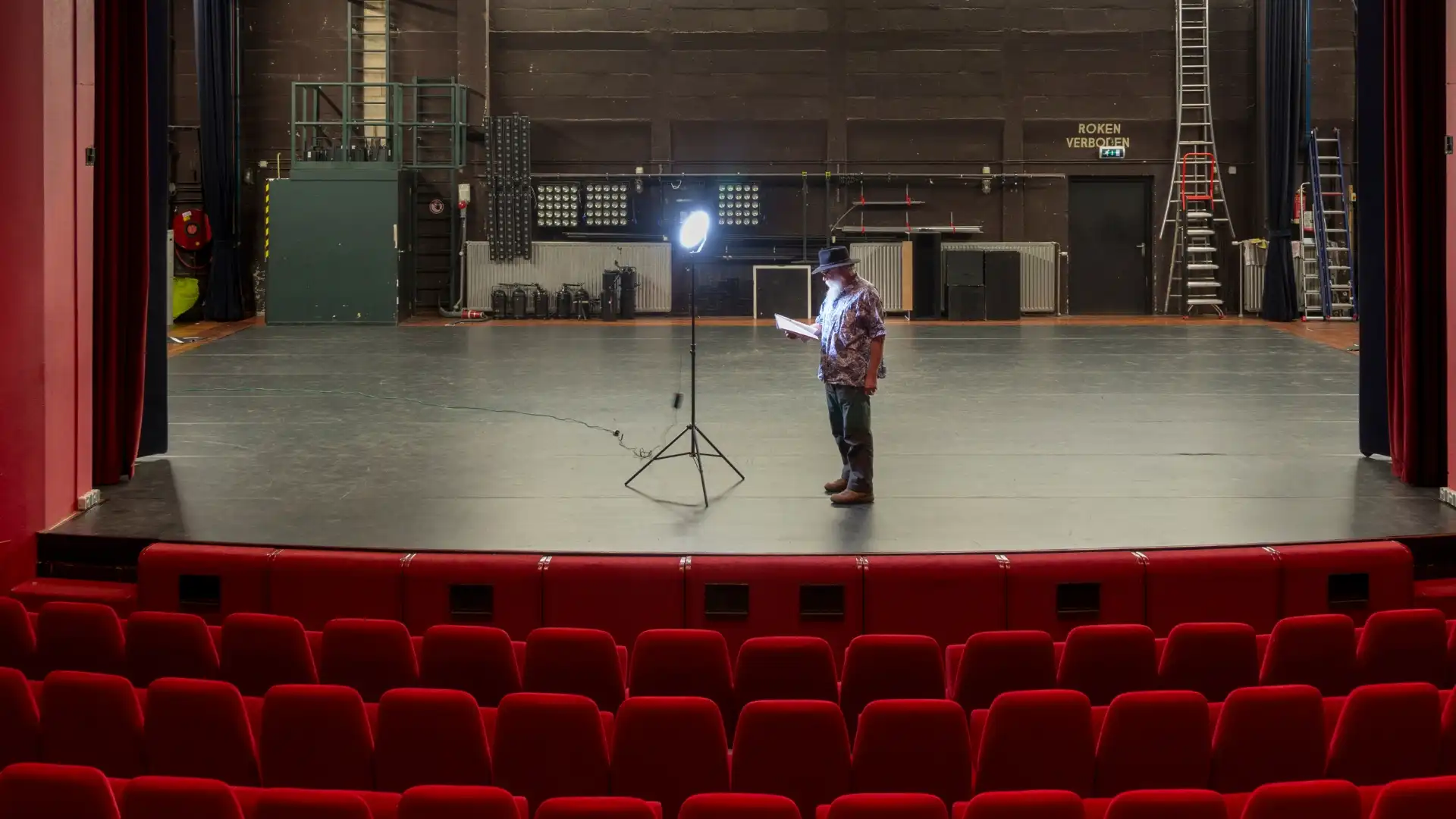In the ever-evolving world of animation, creating content that resonates with diverse audiences across different languages and regions is crucial for success. As animation continues to gain popularity worldwide, animators need to adapt their techniques to cater to various cultural nuances and language preferences.
Whether you are a seasoned animator looking to expand your reach or a budding artist eager to explore new horizons, understanding how to animate for different languages and regions is essential in today’s global market.
1. Localization is Key
When animating for different languages and regions, localization plays a vital role in ensuring that your content is culturally relevant and resonates with the target audience. Localization involves adapting the content to suit the linguistic, cultural, and social norms of a specific region.
This includes translating dialogue, adjusting visual elements, and incorporating cultural references that are familiar to the target audience. By investing in localization, animators can create a more authentic and engaging experience for viewers in different regions.
2. Cultural Sensitivity Matters
In addition to language differences, animators must also be mindful of cultural sensitivities when creating content for global audiences. Certain symbols, gestures, or colors may have different meanings in various cultures, and overlooking these nuances can lead to misunderstandings or alienate viewers.
By conducting thorough research and consulting with local experts, animators can ensure that their content is culturally sensitive and respectful, fostering a deeper connection with audiences worldwide.
3. Diversifying Voice Talent
Another important aspect of animating for different languages and regions is selecting the right voice talent for dubbing or subtitling. The voice actors not only need to be fluent in the target language but also convey the emotions and nuances of the characters effectively.
Hiring native speakers or professionals with experience in voice acting can enhance the authenticity of the content and make it more relatable to viewers in different regions. Additionally, offering subtitles in multiple languages can further broaden the accessibility of the content to a global audience.
4. Adapting Visual Elements
Beyond language and voice acting, animators must also consider how visual elements can be adapted to cater to different regions. This includes incorporating diverse characters, settings, and cultural references that resonate with viewers from various backgrounds.
By diversifying the visual representation in animations, creators can foster inclusivity and representation, making the content more appealing and relatable to a wider audience.
5. Collaborating with Local Partners
To truly excel in animating for different languages and regions, collaboration with local partners can provide valuable insights and expertise. Working with local studios, production companies, or cultural consultants can help animators navigate the nuances of a specific region, ensuring that the content is well-received and culturally relevant.
By leveraging the knowledge and experience of local partners, animators can create content that resonates with audiences worldwide and establishes a strong presence in global markets.
6. Embracing Diversity and Inclusion
In today’s multicultural landscape, embracing diversity and inclusion in animations is not only a moral imperative but also a strategic advantage. By showcasing diverse characters, stories, and perspectives, animators can appeal to a broader audience and foster a sense of representation and empowerment among viewers.
Embracing diversity and inclusion in animations not only enriches the storytelling experience but also reflects the rich tapestry of cultures and identities around the world.
7. Leveraging Technology for Global Reach
Advancements in technology have made it easier than ever to reach global audiences with animated content. Streaming platforms, social media, and online distribution channels offer animators the opportunity to showcase their work to viewers worldwide. By leveraging these digital platforms and tools, animators can overcome geographical barriers and connect with diverse audiences in different languages and regions.
Furthermore, emerging technologies such as virtual reality (VR) and augmented reality (AR) present new possibilities for immersive storytelling experiences that transcend language boundaries.
8. Career Opportunities in Multilingual Animation
As the demand for multilingual animation continues to grow, there are abundant career opportunities for animators who specialize in creating content for different languages and regions. From working on international co-productions to collaborating with global brands on marketing campaigns, animators with expertise in multilingual animation are in high demand.
9. Top 10 Jobs in Multilingual Animation
For animators looking to explore career opportunities in multilingual animation, here are the top 10 jobs in the field:
- Localization Specialist: Responsible for adapting content for specific regions and languages, ensuring cultural relevance and linguistic accuracy.
- Voice Actor/Actress: Provides voice talent for dubbing, subtitling, and character performances in different languages.
- Cultural Consultant: Offers expertise on cultural sensitivities, traditions, and customs to ensure authenticity in animations.
- International Marketing Animator: Creates promotional content for global campaigns, tailoring visuals and messaging for diverse audiences.
- Language Coordinator: Manages translation and localization projects, coordinating with translators and voice actors for multilingual content.
- Global Brand Animator: Develops visual branding elements that resonate with audiences across different cultures and languages.
- Multilingual Storyboard Artist: Illustrates storyboards and visual concepts that can be easily understood by international audiences.
- International Animation Producer: Oversees the production of animated content for global distribution, managing diverse teams and resources.
- Subtitler: Creates subtitles in multiple languages for animations, ensuring accurate translation and synchronization with the dialogue.
- Multicultural Animator: Specializes in creating animations that celebrate diversity, inclusivity, and representation of various cultures and identities.
By pursuing these career paths and honing your skills in multilingual animation, you can carve out a rewarding and impactful career in the dynamic world of animation.
Conclusion
In the fast-paced and competitive landscape of animation, adapting to the needs and preferences of global audiences is essential for staying relevant and engaging.
By mastering the techniques and strategies for animating in different languages and regions, animators can create content that transcends cultural boundaries and resonates with viewers worldwide.
Key Takeaways:
- Localization is crucial for creating culturally relevant content that resonates with diverse audiences across different languages and regions.
- Cultural sensitivity is essential to avoid misunderstandings and connect with global viewers on a deeper level.
- Diversifying voice talent and adapting visual elements can enhance the authenticity and accessibility of animated content for international audiences.
- Collaboration with local partners provides valuable insights and ensures cultural relevance in animations for different regions.
- Embracing diversity and inclusion enriches storytelling and appeals to a broader audience, fostering representation and empowerment.
- Leveraging technology enables animators to reach global audiences through digital platforms and immersive experiences.
- Abundant career opportunities exist in multilingual animation, offering diverse paths in film, television, advertising, and digital media.
- The top 10 jobs in multilingual animation include roles such as localization specialist, voice actor/actress, and multicultural animator.
Consider honing your skills in multilingual animation by exploring the NYU Animation Industry Essentials online course and certificate program offered by Yellowbrick to unlock a world of opportunities in the animation industry.








